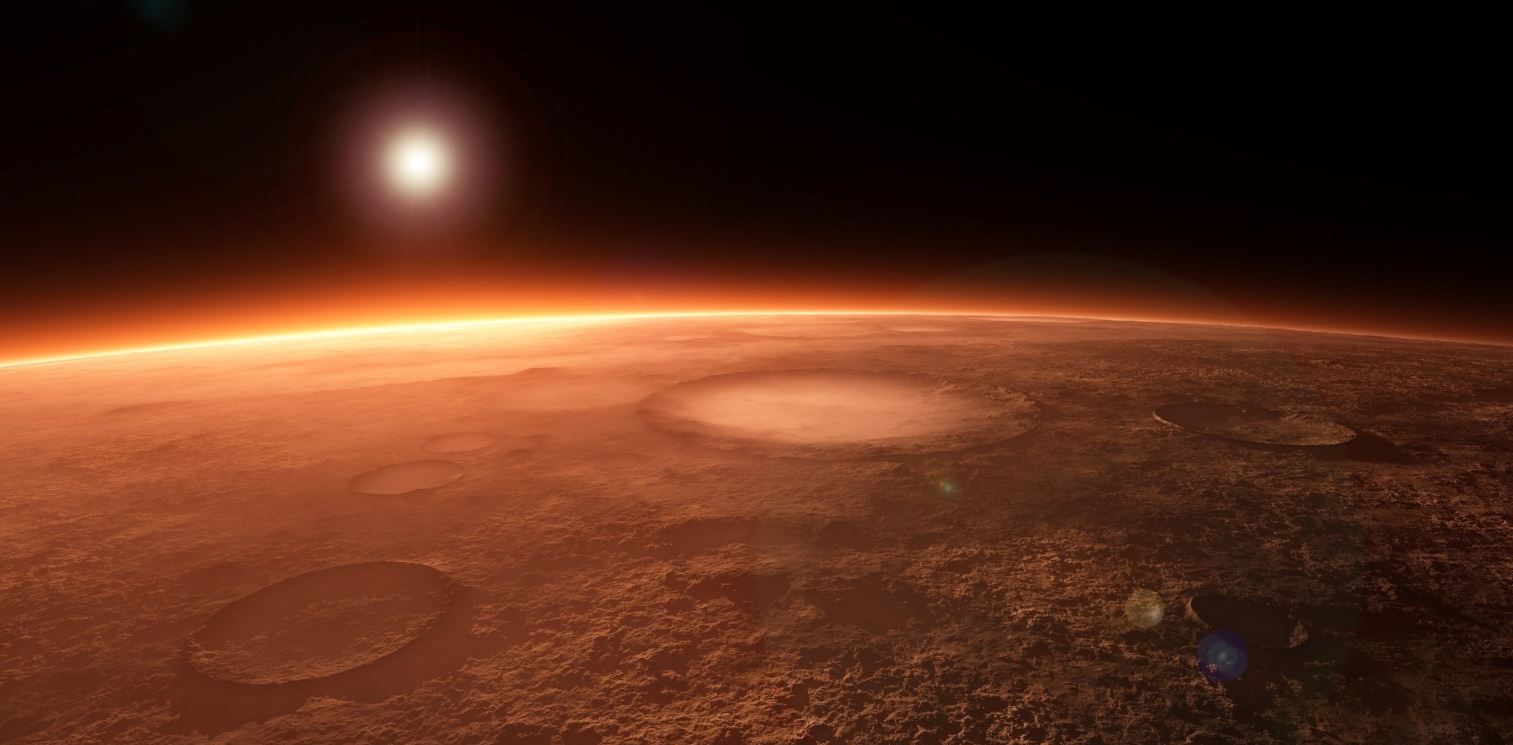We’ve been studying Mars for decades, first through telescopes from Earth and then through data sent back by a series of rovers. As our closest galactic neighbor, the red planet could hold secrets to the formation of our little blue dot. Until the InSight lander reached Mars on Nov. 26, 2018, all our observations were at or near the surface of the planet. InSight is designed to detect any potential seismic activity on the otherwise dead world. Let’s take a closer look at the InSight rover, and what it’s found so far.
Introducing InSight
InSight stands for “Inner Exploration using Seismic Investigations, Geodesy and Heat Transport” and will hopefully answer some of the questions we have about our nearest stellar neighbor. What happened to Mars, did it ever support life and is it as dead as it looks on the surface?
Using detailed sensors, InSight can take the pulse of the planet — quite literally checking its vital signs. On a planetary scale, vital signs include:
- Pulse: Seismology, or the study of earthquakes and other seismic activity, helps InSight take the planet’s pulse.
- Temperature: Studying the flow of heat below the surface of Mars helps the rover take its temperature.
- Reflexes: No, we’re not hitting Mars’ knee with a rubber hammer. Precision tracking to discover minute changes in the planet’s surface lets us keep track of its reflexes.
How can a rover, sitting on the surface, keep track of a planet’s vital signs and monitor what’s going on far below?
A Planetary CT Scan
InSight is equipped with a powerful, sensitive seismometer that allows it to detect minute marsquakes as they happen, but it’s not just assigning these quakes a rating on the Richter scale. It can use the shifts to take a snapshot of the planet’s interior.
As the rocks crack and shift during a quake, they generate seismic waves that travel through the surrounding stone. When collected by the InSight equipment, these waves act like a CT scan of the planet. They change as they move through different types of rock.
For the first time, we may be able to get a clear picture of the interior of Mars. The more quakes the rover detects, the clearer the image will become.
A History of Marsquakes
InSight isn’t the first NASA mission to attempt interstellar seismology. When the Apollo missions went to the moon, the astronauts brought seismometers with them, and then detonated mortars to give them an idea of what the interior of the moon looks like. They were only able to see down about 100 meters, though.
Then, in the 1970s, NASA sent seismometers to Mars, but they were poorly designed. Attached to landers, these quake detectors never touched the Martian surface.
InSight has a distinct advantage in that it is already sitting on the red planet’s surface, collecting data. This little rover has some of the most advanced seismic detection equipment in the solar system, relying on precisely machined pieces with tolerances so low they are nearly immeasurable.
Some Insight From InSight
What are scientists hoping to learn from the geological data that InSight will collect in the coming years? They’ve theorized that Mars hasn’t fully cooled, in spite of forming nearly 4.5 billion years ago. Its core is still likely partially molten, and even though the volcanoes appear dormant, there may still be some volcanic activity bubbling beneath the Martian surface.
The ultimate goal of the InSight mission is to hopefully determine how rocky planets like Mars, Earth, Venus and Mercury form, and how they eventually evolve to become the inner planets of a solar system. It will also be monitoring Mars’ tectonic activity, even though it no longer seems to have any separate tectonic plates like Earth does, and track meteor impacts.
If we can learn to understand how these rocky planets form, it could aid us in our search for other Earth-like planets as we venture out into the solar system.
Into the Future
As of this writing, the InSight rover has only been on the Martian surface for four months, and while it’s sensed some microseisms — seismic waves that are usually caused by ocean tides and storms on Earth — it hasn’t detected a marsquake quiet yet. Scientists are hoping one will happen sometime in the next month — stay tuned for updates.

